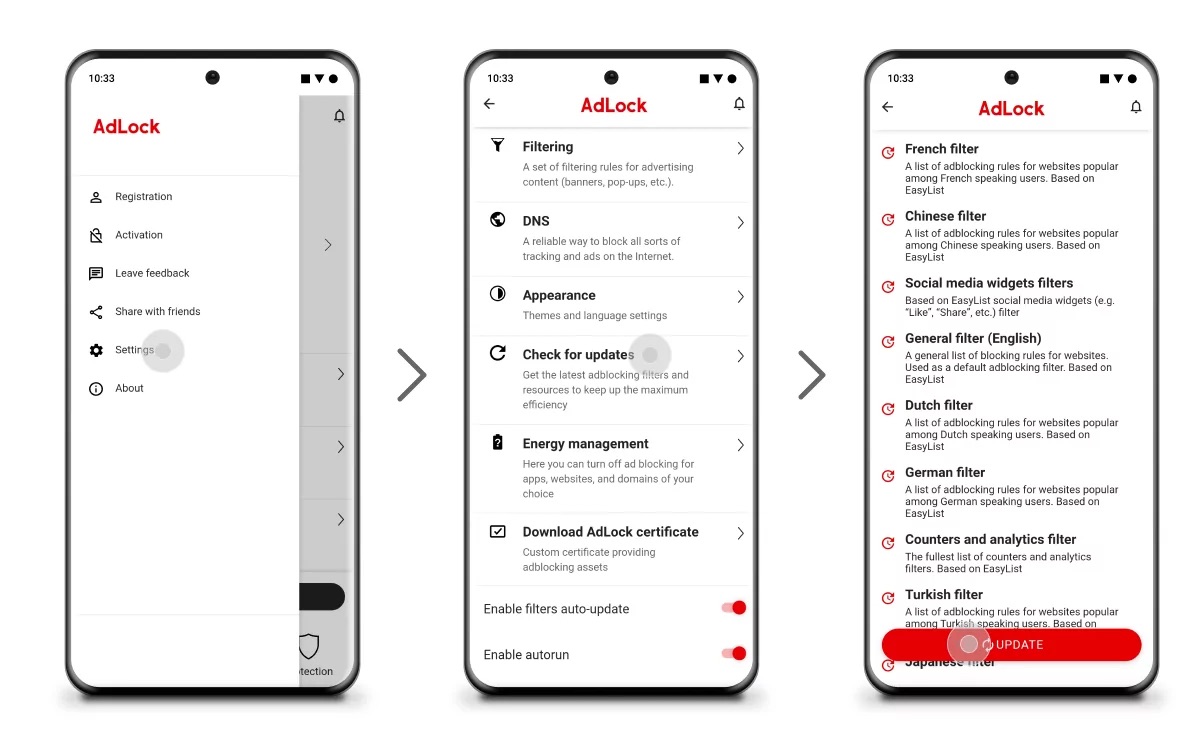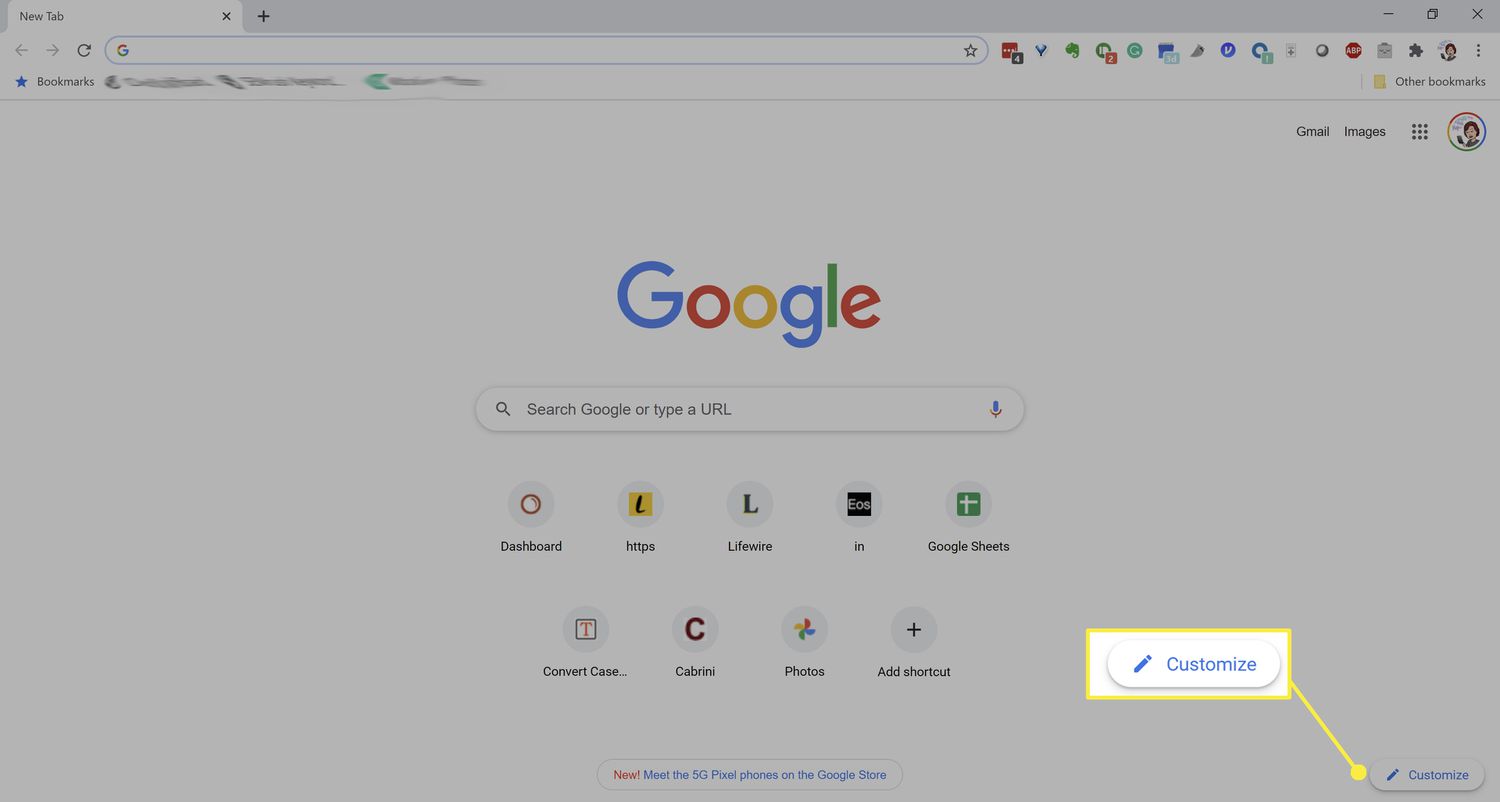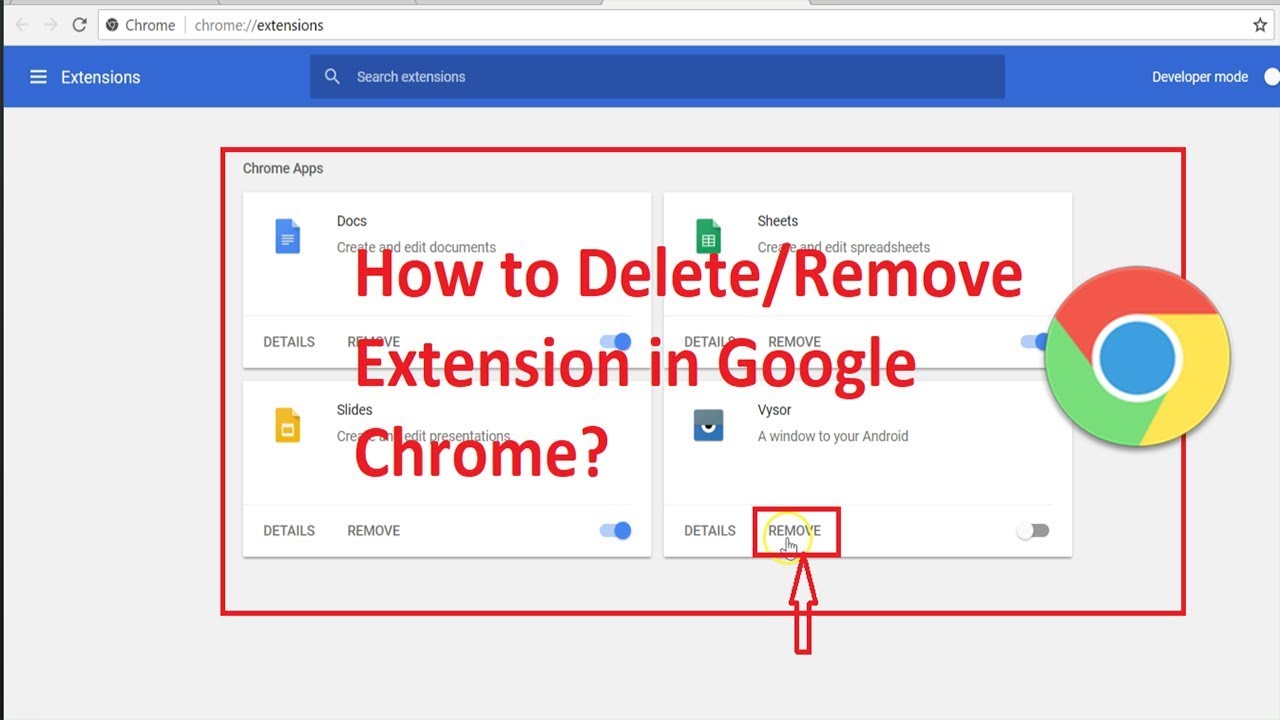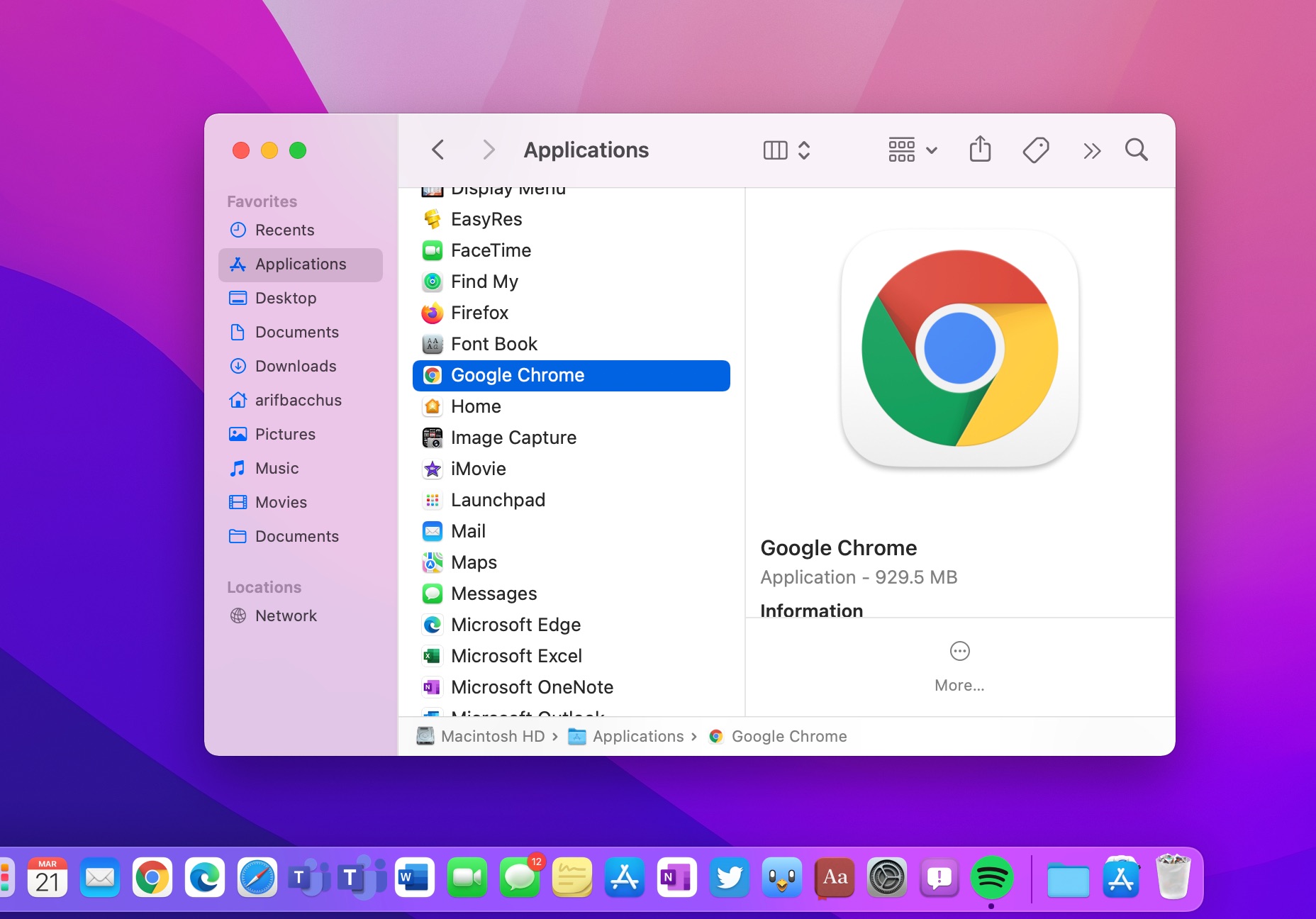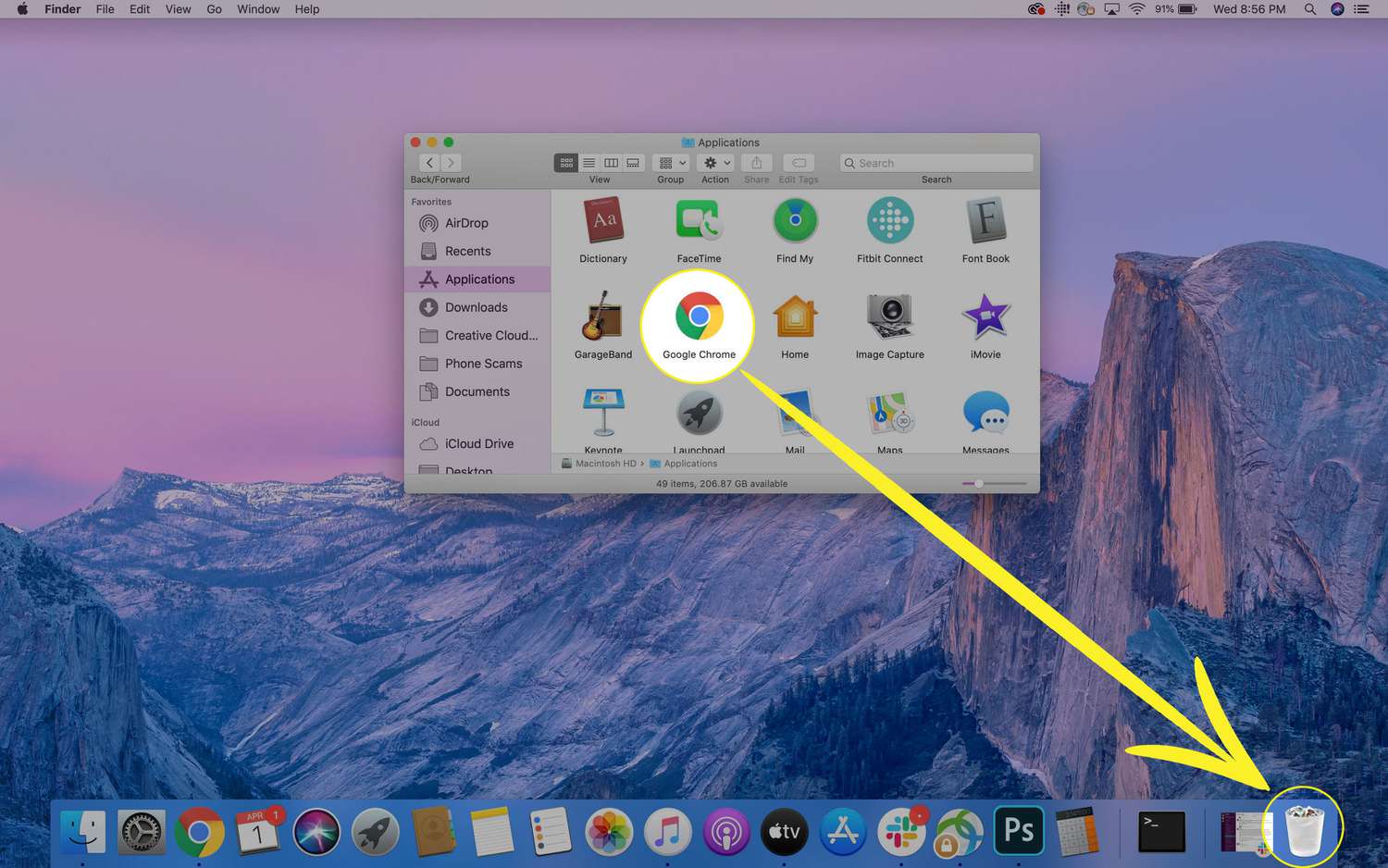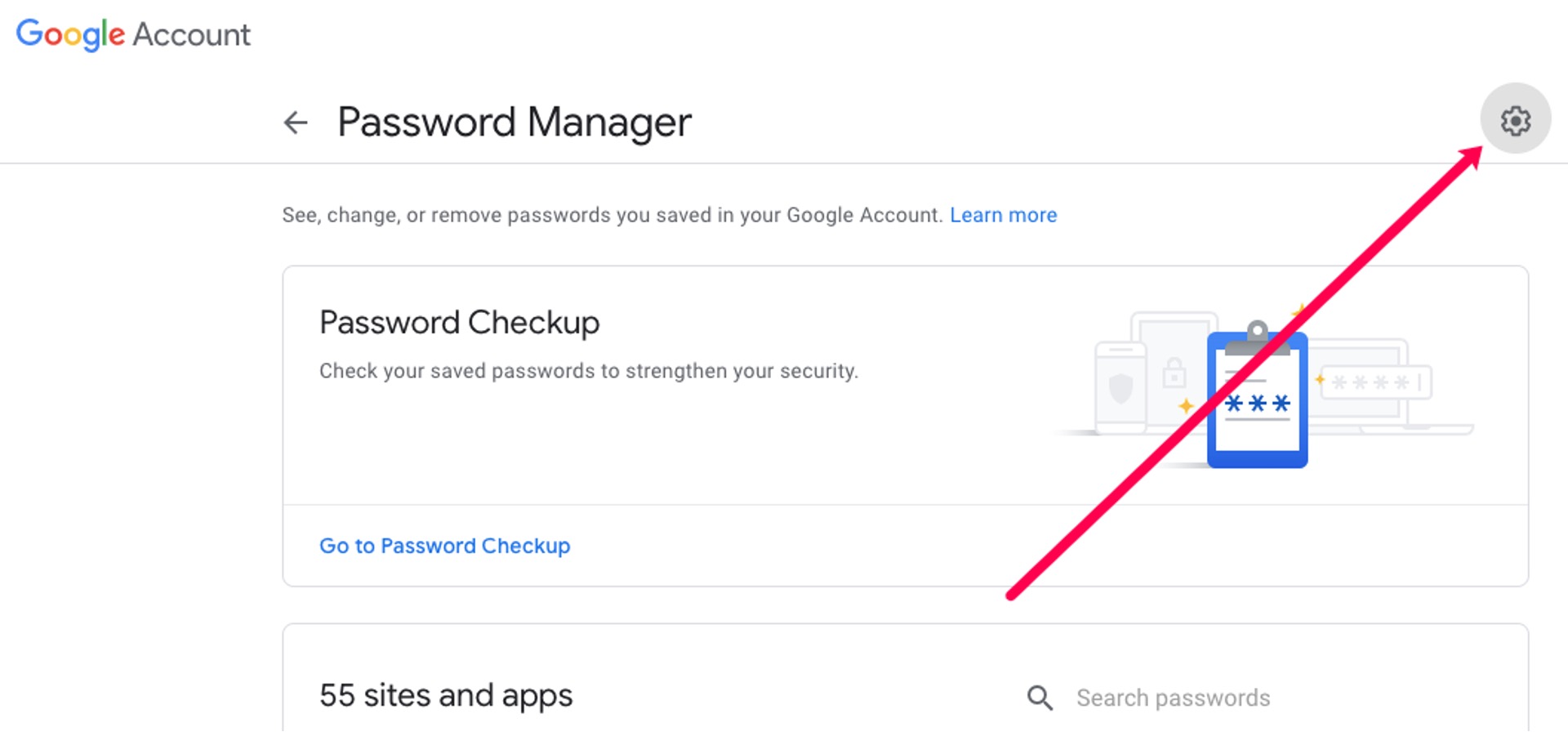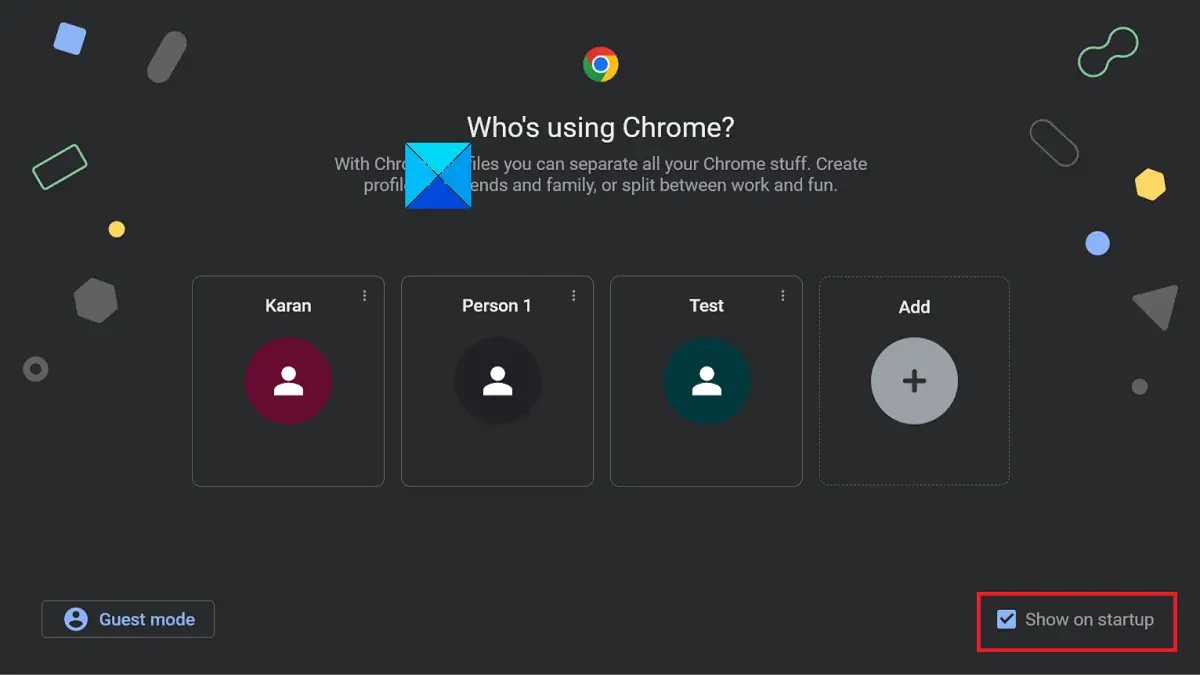Introduction
In today's digital age, web browsing has become an integral part of our daily lives. Whether it's for work, entertainment, or staying connected with the world, we rely on web browsers like Google Chrome to navigate the vast expanse of the internet. However, amidst the convenience and accessibility that browsers offer, there's a persistent nuisance that many users encounter – Adchoices.
Adchoices, often recognized as a series of targeted advertisements that seem to follow users across various websites, can be a source of frustration and distraction. These ads are tailored to individual browsing habits and preferences, making them appear more intrusive and invasive. While some users may find these ads relevant and helpful, many others consider them an unwelcome intrusion into their online experience.
The prevalence of Adchoices has led to a growing demand for effective methods to remove or block these ads from appearing on web browsers. Google Chrome, being one of the most widely used browsers, is often the platform where users seek solutions to rid themselves of these persistent advertisements.
In this article, we will explore various methods to remove Adchoices from Google Chrome, providing users with practical and effective strategies to regain control over their browsing experience. Whether you're tired of being bombarded with targeted ads or simply seeking a cleaner, distraction-free browsing environment, the following methods will equip you with the tools to combat Adchoices and reclaim your online space. Let's dive into the solutions and take back control of your browsing experience.
What is Adchoices?
Adchoices, often encountered while browsing the internet, is a form of targeted advertising that aims to personalize the ads displayed to individual users. These ads are designed to align with users' interests and browsing history, creating a more tailored advertising experience. The term "Adchoices" is often associated with the small triangular icon that appears on personalized ads, allowing users to manage their ad preferences and opt out of targeted advertising.
The underlying concept of Adchoices revolves around the collection and utilization of user data to deliver ads that are more relevant and engaging. This is achieved through the use of tracking technologies, such as cookies and web beacons, which gather information about users' online activities, including the websites they visit, the searches they conduct, and the content they engage with. By analyzing this data, advertisers can create detailed profiles of users and deliver ads that are likely to resonate with their preferences.
While the intention behind Adchoices is to enhance the relevance of ads and improve the overall advertising experience for users, it has also sparked concerns regarding privacy and data usage. Some users find the personalized nature of Adchoices intrusive, as it gives the impression that their online activities are being closely monitored and utilized for commercial purposes without their explicit consent.
Moreover, the omnipresence of Adchoices ads across various websites can be disruptive and distracting for users, impacting their browsing experience. The repetitive appearance of targeted ads, often based on recent searches or viewed products, can create a sense of intrusion and diminish the overall enjoyment of browsing the web.
It's important to note that Adchoices is not limited to a specific browser or website; it is a pervasive form of targeted advertising that transcends platforms and can be encountered across different web browsers and devices. As a result, users often seek ways to manage or remove Adchoices from their browsing experience, aiming to regain a sense of control and privacy while navigating the digital landscape.
Understanding the nature of Adchoices and its impact on the browsing experience is crucial for users seeking to address the presence of targeted ads in their online activities. By gaining insight into the mechanisms behind Adchoices, individuals can make informed decisions about managing their ad preferences and implementing strategies to mitigate the impact of personalized advertising on their browsing experience.
Why Remove Adchoices from Google Chrome?
Adchoices, while designed to personalize the advertising experience, can often disrupt the seamless flow of web browsing, leading users to seek methods for their removal. The persistent presence of targeted ads can significantly impact the browsing experience, prompting users to consider the following reasons for removing Adchoices from Google Chrome:
-
Enhanced Privacy: Many users are concerned about the extensive data collection and tracking associated with Adchoices. The personalized nature of these ads implies a deep understanding of users' online activities, raising privacy concerns. By removing Adchoices, users can mitigate the perceived intrusion into their browsing habits and regain a sense of privacy while navigating the web.
-
Reduced Distractions: The repetitive appearance of targeted ads can be distracting and disruptive, detracting from the overall browsing experience. Users may find themselves constantly encountering ads related to their recent searches or viewed products, creating a sense of intrusion and diminishing the enjoyment of exploring the internet. Removing Adchoices can help minimize these distractions, allowing for a more focused and uninterrupted browsing experience.
-
Improved Performance: Adchoices ads, particularly those with multimedia content, can impact the performance of web pages, leading to slower loading times and increased data consumption. By removing these targeted ads, users can potentially enhance the overall performance of their browsing sessions, ensuring a smoother and more efficient interaction with web content.
-
Customized Ad Experience: Some users may prefer a more generic and diverse ad experience, as opposed to the highly personalized nature of Adchoices. By removing targeted ads, individuals can explore a wider range of advertisements, potentially discovering new products, services, and content that may not have been presented through the lens of personalized advertising.
-
Control Over Ad Preferences: Removing Adchoices from Google Chrome empowers users to take control of their ad preferences and opt for a more generic ad experience. This control allows individuals to shape their browsing environment according to their preferences, reducing the influence of targeted advertising on their online activities.
By understanding the implications of Adchoices and the reasons for its removal, users can make informed decisions about managing their ad preferences and implementing strategies to mitigate the impact of personalized advertising on their browsing experience.
Method 1: Removing Adchoices using AdBlock Extension
One of the most effective and widely used methods to combat the presence of Adchoices on Google Chrome is by leveraging the power of browser extensions, particularly the AdBlock extension. AdBlock is a popular tool designed to block intrusive ads, including Adchoices, providing users with a cleaner and more streamlined browsing experience.
How AdBlock Works
AdBlock functions by analyzing the elements of web pages as they load, identifying and subsequently blocking advertisements that meet predefined criteria. This criteria often includes the characteristics of Adchoices ads, allowing AdBlock to effectively prevent these targeted advertisements from appearing during browsing sessions. By systematically filtering out unwanted ads, AdBlock helps users regain control over their online environment, minimizing the impact of personalized advertising.
Installing AdBlock Extension
To initiate the process of removing Adchoices using AdBlock, users can start by installing the AdBlock extension from the Chrome Web Store. This can be accomplished by navigating to the Chrome Web Store, searching for "AdBlock," and selecting the extension for installation. Once installed, users can access the AdBlock icon in the Chrome toolbar, providing them with a gateway to manage the extension's settings and preferences.
Configuring AdBlock for Adchoices Removal
Upon installation, users can customize the settings of the AdBlock extension to specifically target and block Adchoices ads. This can be achieved by accessing the extension's options and adding Adchoices to the list of blocked ad elements. By configuring AdBlock to specifically target Adchoices, users can effectively prevent these personalized ads from appearing during their browsing sessions, creating a more seamless and distraction-free experience.
Benefits of Using AdBlock
Utilizing AdBlock to remove Adchoices from Google Chrome offers several notable benefits. Firstly, it empowers users to take control of their ad preferences, allowing them to curate a browsing environment that aligns with their preferences. Additionally, AdBlock contributes to a faster and more efficient browsing experience by eliminating the performance impact of intrusive ads, including Adchoices. Furthermore, the extension's intuitive interface and customizable settings provide users with a user-friendly solution for managing and blocking targeted advertisements.
By leveraging the capabilities of the AdBlock extension, users can effectively remove Adchoices from Google Chrome, reclaiming a clutter-free and personalized browsing experience. This method offers a practical and accessible solution for individuals seeking to mitigate the impact of targeted advertising and regain control over their online activities.
Method 2: Resetting Google Chrome Settings
Resetting Google Chrome settings can serve as a comprehensive approach to addressing the presence of Adchoices and restoring the browser to its default state. This method is particularly beneficial when users encounter persistent ad-related issues, including the prevalence of Adchoices despite utilizing ad-blocking extensions. By resetting the browser settings, users can effectively eliminate potential ad-related configurations or extensions that may be contributing to the display of targeted ads.
The process of resetting Google Chrome settings involves reverting various browser configurations, including startup pages, search engine preferences, and extensions, to their original state. This can help eliminate any underlying factors that contribute to the appearance of Adchoices ads, providing users with a clean slate to navigate the web without intrusive targeted advertising.
To initiate the reset process, users can access the Chrome settings menu by clicking on the three-dot icon in the top-right corner of the browser window and selecting "Settings." Within the settings menu, users can navigate to the "Advanced" section and locate the "Reset and clean up" category. Here, users will find the option to "Restore settings to their original defaults."
Upon selecting this option, Chrome will present a confirmation dialog outlining the aspects that will be reset, including the homepage, new tab page, search engine, and pinned tabs. Users can proceed with the reset process, allowing Chrome to revert these settings to their default configurations. Additionally, any installed extensions or themes will be disabled, providing a clean environment for users to assess the impact of the reset on the appearance of Adchoices ads.
It's important to note that resetting Chrome settings will not affect the browsing history, bookmarks, or saved passwords, ensuring that users retain essential personal data while undergoing the reset process. Once the reset is complete, users can gradually reconfigure their preferred settings and re-enable necessary extensions, monitoring the browsing experience to assess the impact on the presence of Adchoices.
By resetting Google Chrome settings, users can effectively address the persistence of Adchoices ads and restore the browser to a default state, free from potential ad-related configurations that may contribute to the display of targeted ads. This method offers a comprehensive and user-friendly approach to managing ad-related issues, providing users with a clean slate to navigate the web without the intrusion of personalized advertising.
Method 3: Removing Adchoices using Malwarebytes
Another effective method to combat the presence of Adchoices on Google Chrome is by utilizing Malwarebytes, a trusted anti-malware and security software. While Adchoices itself is not inherently malicious, its intrusive nature and the methods used to deliver targeted ads can sometimes overlap with potentially unwanted programs or adware. Malwarebytes offers a comprehensive solution for detecting and removing such unwanted programs, including those associated with the display of Adchoices ads.
How Malwarebytes Works
Malwarebytes operates as a powerful anti-malware tool designed to scan, detect, and remove potentially unwanted programs, adware, and other forms of malware that may impact the browsing experience. The software employs advanced scanning algorithms to identify and eliminate intrusive elements that may be contributing to the appearance of Adchoices ads on Google Chrome.
Utilizing Malwarebytes to Remove Adchoices
To initiate the process of removing Adchoices using Malwarebytes, users can start by downloading and installing the software from the official Malwarebytes website. Once installed, users can launch the program and initiate a comprehensive scan of their system, targeting potential adware or unwanted programs that may be associated with the display of Adchoices ads.
Upon completion of the scan, Malwarebytes will present a detailed report outlining any detected threats, including potentially unwanted programs or adware that may be contributing to the presence of Adchoices on Google Chrome. Users can then proceed to quarantine or remove the identified threats, effectively eliminating the underlying factors that facilitate the display of targeted ads.
Benefits of Using Malwarebytes
Utilizing Malwarebytes to remove Adchoices from Google Chrome offers several notable benefits. Firstly, the software provides a proactive approach to addressing potential adware or unwanted programs that may impact the browsing experience, ensuring a cleaner and more secure environment for users. Additionally, Malwarebytes offers real-time protection against malware and adware, contributing to the overall security and integrity of the browsing experience.
By leveraging the capabilities of Malwarebytes, users can effectively detect and remove potential adware or unwanted programs that may be contributing to the presence of Adchoices ads, restoring a more streamlined and secure browsing environment.
This method offers a proactive and comprehensive solution for addressing the underlying factors that facilitate the display of Adchoices ads, empowering users to navigate Google Chrome without the intrusion of targeted advertising.
Conclusion
In conclusion, the presence of Adchoices ads on Google Chrome can significantly impact the browsing experience, leading users to seek effective methods for their removal. The methods outlined in this article offer practical and accessible solutions for combating the intrusion of targeted advertising and restoring a cleaner, more personalized browsing environment.
By leveraging the power of browser extensions such as AdBlock, users can effectively block Adchoices ads, minimizing distractions and enhancing privacy while navigating the web. The intuitive interface and customizable settings of AdBlock empower users to take control of their ad preferences, ensuring a more tailored and enjoyable browsing experience.
Furthermore, the option to reset Google Chrome settings provides a comprehensive approach to addressing the persistence of Adchoices ads, allowing users to eliminate potential ad-related configurations and restore the browser to its default state. This method offers a user-friendly solution for managing ad-related issues, providing individuals with a clean slate to navigate the web without the intrusion of personalized advertising.
Additionally, the utilization of Malwarebytes presents a proactive and comprehensive solution for detecting and removing potential adware or unwanted programs that may be associated with the display of Adchoices ads. By leveraging the advanced scanning algorithms of Malwarebytes, users can ensure a more secure and streamlined browsing experience, free from the impact of intrusive targeted advertising.
Ultimately, the methods presented in this article empower users to reclaim control over their browsing experience, mitigating the impact of Adchoices ads and restoring a more personalized and distraction-free environment on Google Chrome. Whether seeking enhanced privacy, reduced distractions, or improved performance, individuals can leverage these methods to curate a browsing environment that aligns with their preferences and priorities.
As users navigate the digital landscape, the ability to remove Adchoices from Google Chrome offers a pathway to a more seamless and enjoyable browsing experience, free from the persistent intrusion of targeted advertising. By implementing these methods, individuals can reclaim their online space and rediscover the joy of exploring the web on their own terms.







